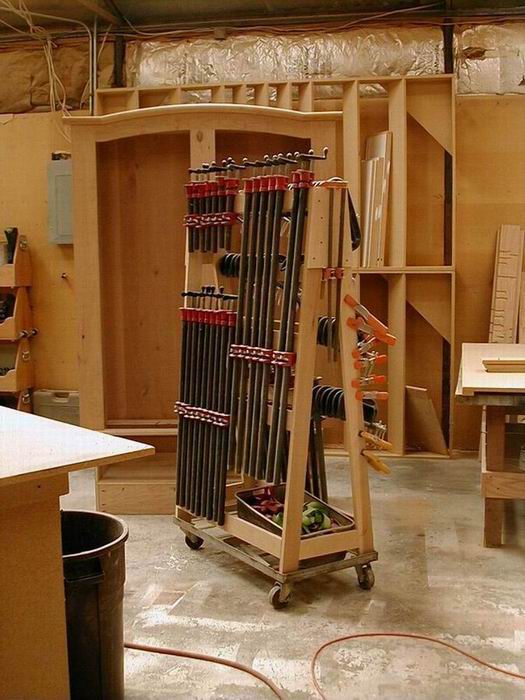Question
First let me start saying that I'm a finish carpenter that builds his own kitchen cabinets and laminate counters for my own remodels, and only builds two or three counters a month.
What kind of tooling do you guys recommend for laminate seams? I have been using the mirroring method cutting the two laminates at the same time with a straight edge, but I have been thinking in buying an underscribe. Also I only use straight router bits. Is it worth to use the "no file" angle bits? What is the difference between the different angles: 7,15, and 22? What kind of router do you recommend for laminate use?
Forum Responses
(Laminate and Solid Surfacing Forum)
From contributor J:
We are a cabinet shop and build our own laminate tops. We use basically the same tools you're using. I haven't tried the no-file bits primarily because they haven't been well received on this forum and they're fairly expensive. If you do a search you'll see what I mean.
We do our seams with a shop-built jig and a straight bit (without bearing). The jig is nothing more than a built-up piece of MDF that's laminated on the edges where the bit rides. It's built up enough to get clamps over/under to hold the laminate.
As for routers, we use Porter Cable and Bosch laminate trimmers. We have three or four of them so we aren't constantly changing bits. I like the PC’s. A couple of years ago we stopped rolling out glue and went to StarStuk spray contact adhesive. I get the 38 pound cans that look like propane containers. That's the single biggest time saver yet when fooling with laminate.
When it's down far enough it is about 1/8 inch over the front face to take the color right off. We still use Wilsonarts 951 adhesive with a Binks 2001 gun. We looked into the Staput, but people on this site kept telling us that you can't use heat around it to bend laminate around corner radiuses, talked to the rep and he finally fessed up to it, but he really didn't want to tell us. One thing that we do is run a line of white glue parallel to all of the seams, our laminate seams no longer slowly separate.
